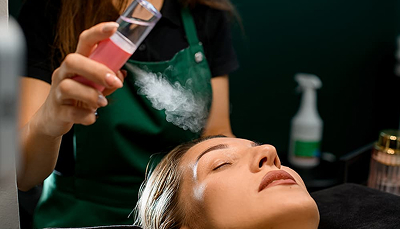1. Prevents Tear Evaporation
- Dry air, especially from air conditioning or heating systems, accelerates tear film evaporation.
- A humidifier adds moisture to the air, helping maintain the natural tear film on the eye surface.
2. Creates a Moist Environment
- Maintaining indoor humidity at 40–60% can significantly reduce dryness symptoms.
- A humidified room mimics a more eye-friendly atmosphere, similar to natural outdoor humidity.
3. Protects Ocular Surface
- Chronic exposure to dry environments can damage the corneal and conjunctival epithelium.
- A humidifier helps maintain a protective layer of moisture, reducing inflammation and irritation.
4. Ideal for Office and Home Use
- Most dry eye sufferers spend extended time indoors and on screens.
- Placing a humidifier near your desk or bedside provides continuous relief throughout the day and night.
5. Balances Indoor Air Quality
- In winter or dry climates, artificial heating drops humidity drastically.
- A humidifier restores balance, making the air gentler on the eyes, skin, and respiratory tract.
Pro Tip:
- Use a cool-mist or ultrasonic humidifier for safety and quiet operation.
- Clean it regularly to prevent bacterial or mold buildup.
- Consider placing it 1–2 meters away from your working area, not directly on your face.
Summary:
A humidifier helps manage dry eye by:
- Reducing tear evaporation
- Protecting the ocular surface
- Creating an eye-friendly indoor climate
- Relieving symptoms like burning, stinging, and grittiness
